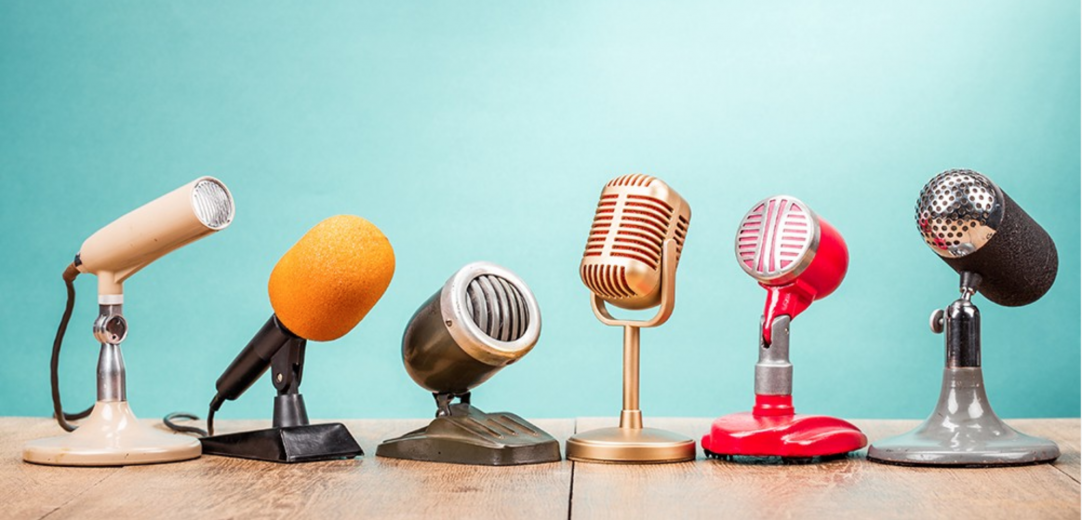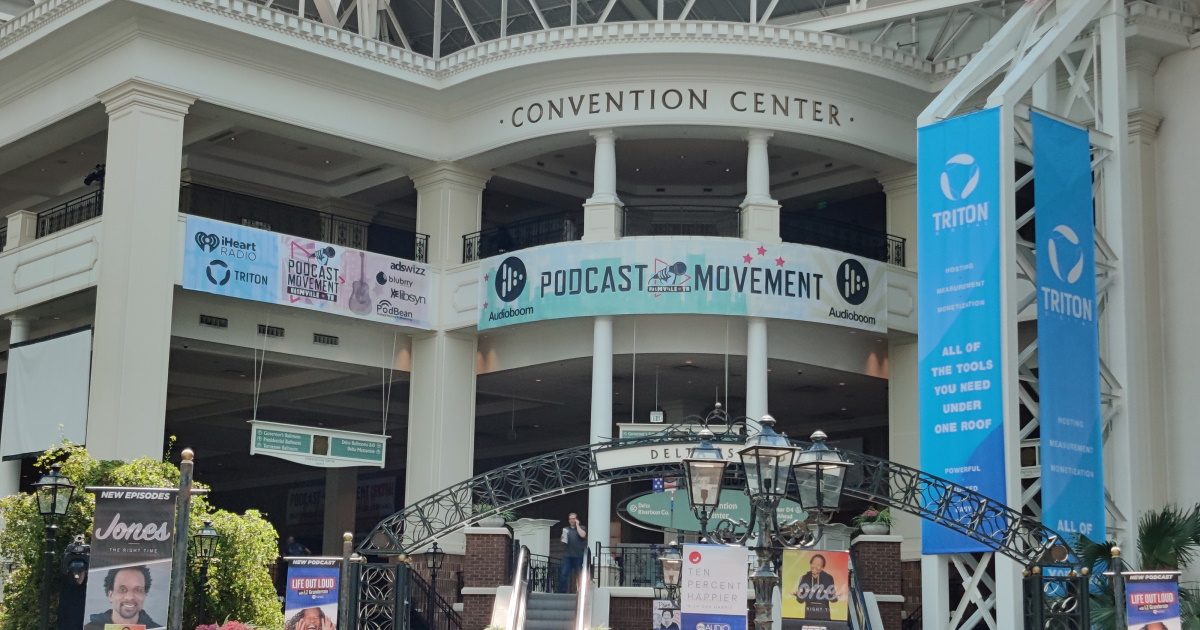Tips for planning, publishing, and branding your first podcast
Here at Audioburst, we feel that podcasting is a great way to share your thoughts, personal experiences, and unique point of view with the world and the American public agrees! 70% of the U.S. population is familiar with the medium and 32% have listened within the last month. (Edison Research)
Even more staggering is the news that there are now over 700,000 podcasts in the Apple Podcast directory!
With competition this steep, it can be overwhelming for a new podcaster to figure out how to set up a podcast for success… but never fear! We’ve put together a series of posts to get you from podcast novice to pro in no time.
In this first post, we’re going to talk about:
- Planning your podcast
- The importance of ‘quality’ content
- Naming your podcast
- Choosing a hosting service
- The number of episodes required to launch
- Branding your podcast
Before you begin
The most important place to start when thinking about how to promote your podcast comes before even recording your first second of audio. Taking a moment to sketch out why you are creating a podcast and who your target audience is will help you clarify your goals for the project.
Start by writing down the basics:
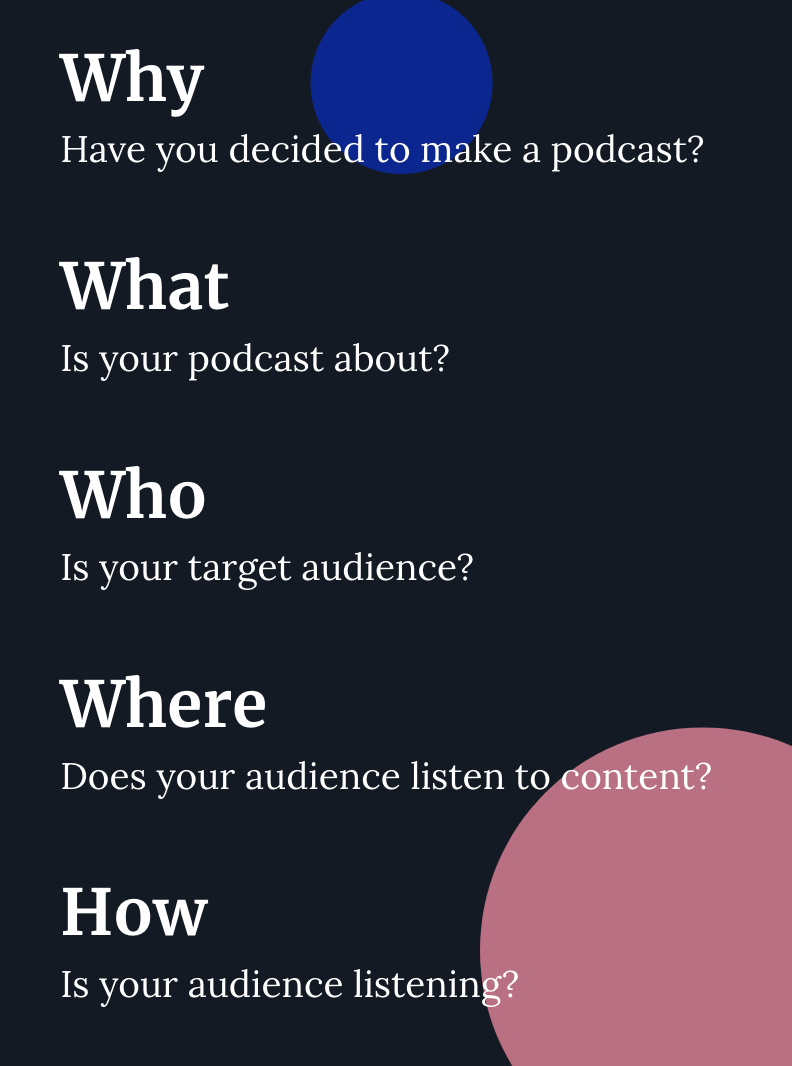
When approaching the ‘why’ and ‘what’, you might want to take a look at this post from the NPR Training series.
It advises you to be intentional and ask yourself some “deep and difficult, even existential questions” such as:
- What is this idea? No, really. What is it?
- Is a podcast the best format for this? Why?
- What do [you] want to accomplish?
- What makes this distinctive from other similar podcasts?
- How passionate are [you] about the story/concept?
- Why are [you] the right [person] to make this podcast?
- Do [you] have the…time and resources to make this?
The answers for the rest of the questions (who, where, and how) are the qualities that make up your ideal listener.
Here is a ‘burst’ from the Duct Tape Marketing podcast discussing how you can define your ideal client….or in this case, your ideal listener:
Knowing your target audience will help you focus in on the type of podcast you’re going to make, as well as where you will ultimately choose to promote your show.
If you’re struggling on where to begin, start by looking at podcasts in the genre your show will be part of:
- What social media channels do they have a presence on?
- What are the demographics of their followers?
- What other podcasts, products, or brands are their followers interested in?
Examine these questions for several shows and see if there’s any crossover or patterns. You should start to see what kind of person listens to this type of podcast. From there you can sketch out how your perfect listener is similar and more importantly, how they are different.
Providing quality content is a must
Once you know who your audience is, it’s time to sit down and actually start creating content.
Many people will tell you how easy it is to create a podcast, and while they’re not wrong in the sense that the medium is highly accessible and requires minimal equipment, this accessibility can be a double-edged sword.
The market is highly saturated and if you’re not producing quality programming, all of the promotion in the world won’t convince listeners to stick with your show.
So, what makes quality content?
Excellent sound
Making a show sound good is equal parts recording and editing.
Everything from choosing the right equipment and recording environment to how you handle discourse markers (filler words like um, uh, etc) can have an effect on your finished product.
For tips on how to master the sound of your show, take a look at this post from Buzzsprout’s blog. It gives the following pointers for creating a great sounding podcast:

Source: How to Record, Edit, and Mix a Great Sounding Podcast via the Buzzsprout Blog
Planning
While it may be tempting to just hop in front of the mic and start talking, a little planning can go a long way.
Wondering what a podcast script might look like?
The Parents on Demand (POD) Network produced a video which has some great tips on script writing and delivery that will help step up your content game:
In the video, Sunny Gault walks you through one of her own scripts step by step. When it comes to advice on how to write scripts of your own, she suggests that you:
- Think about your show in sections and block them out, including how long each section might run
- Bullet point out your talking points (or interview questions), allowing you to be well prepared for recording while keeping the flow of your conversation natural
- Keep your script language simple and in the same style that you would speak naturally (ie. no SAT words!)
Gault also advises that half of the battle of recording a semi-scripted podcast episode is the delivery.
Her recommendations for producing natural-sounding audio are:
- Pretend you’re talking to one person
- Get in the proper headspace before sitting down to record
- Use good posture and be natural with your movements while recording
- Practice!
Pro tip: The linked script above is a google doc which Gault has made available for anyone to use. She suggests saving it to your own drive so that you can use it as a template for your show’s script. Check it out!
Naming your podcast
If you haven’t already picked a name, it’s time.
Podcast hosting platform Messy.fm suggests making your show name both memorable and search-friendly by thinking of the two items separately:
The Title’s job is to be memorable — something catchy, fun, a little inside-jokey, that listeners will easily remember.
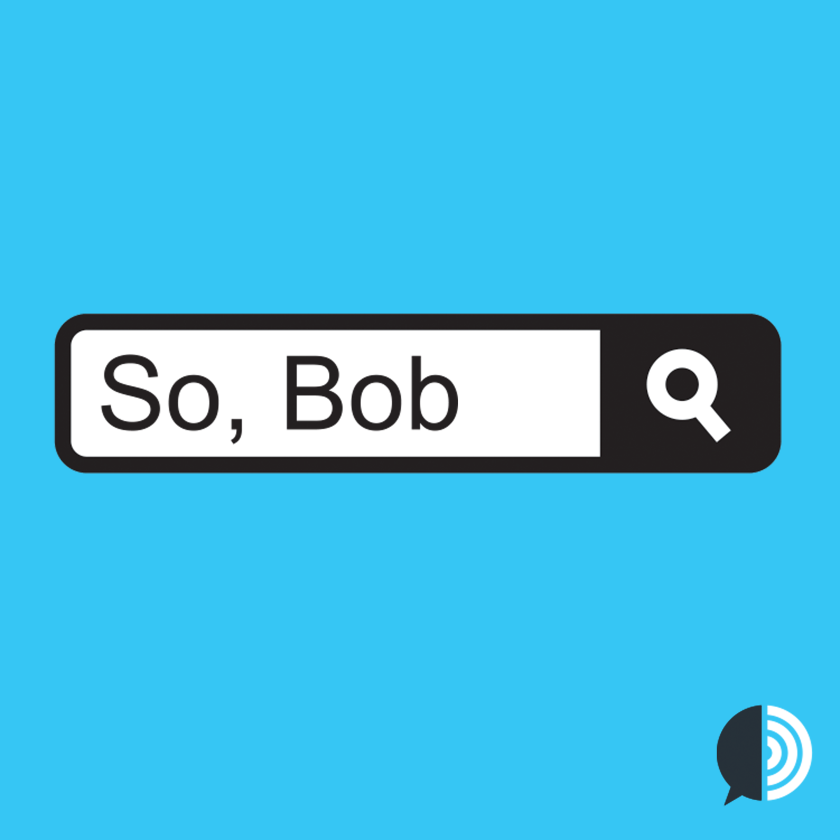

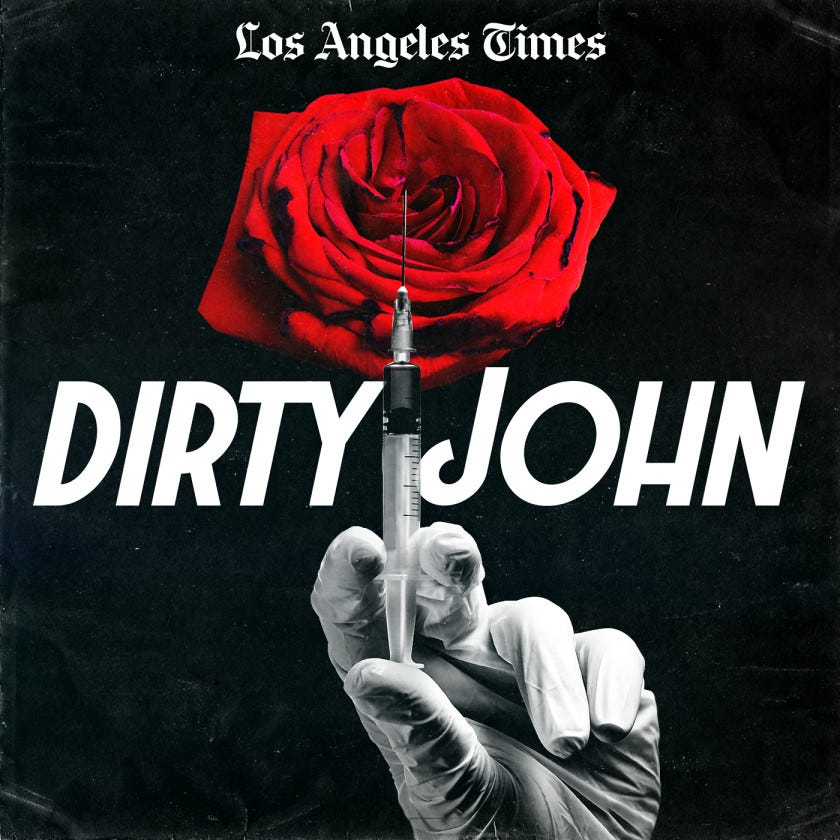


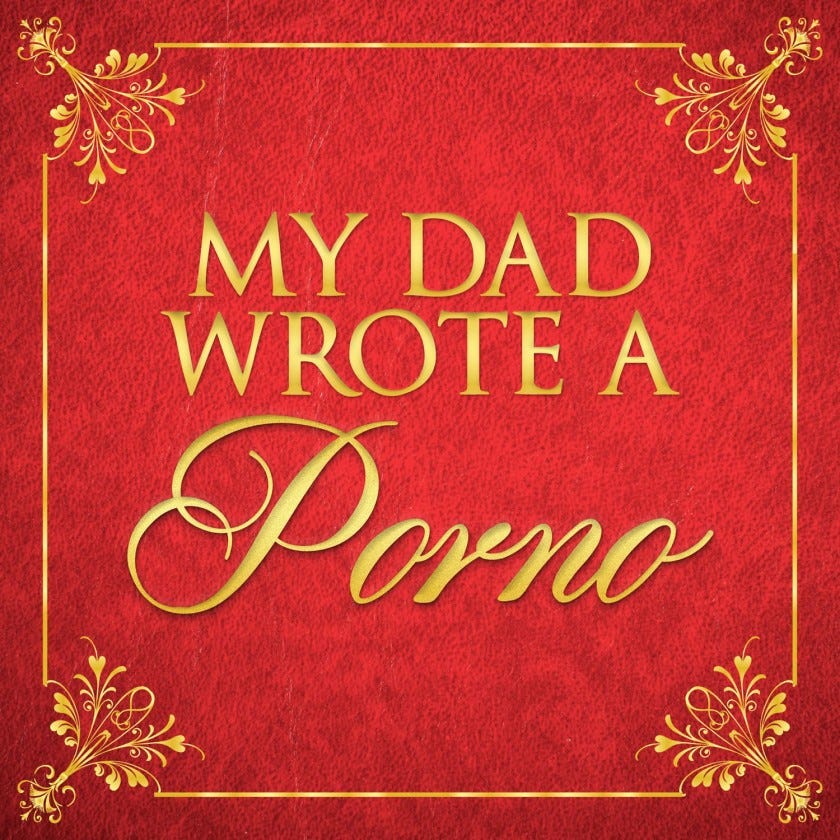
The Sub-title’s job is to be search-friendly — have descriptive keywords that give more information about what exactly the show is about that are also likely terms a potential listener would type into the podcast directory when they are searching for a show like yours.
Once you’ve found a name you like, be sure to run it through a username check tool –there is nothing more disappointing than choosing a name and then finding out that every username even remotely related is already taken!
Bonus: Even if your name isn’t taken on the username check tool, just do a quick Google search to make sure your chosen name isn’t being used somewhere online. This will come in handy when you begin to think about SEO, social media marketing, and creating a website.
Select a reliable host
You have the audio, now where to put it?
As you might suspect from the name, a podcast hosting platform is the service that ‘hosts’ the audio files for your show.
Aside from providing an easy way for you to store your episodes in the cloud, a host is often who will supply you with your RSS (‘rich site summary’ or ‘really simple syndication’) feed, which allows you to easily distribute your content to podcast apps, directories, and audio search engines like Audioburst 😉
(Note: You can also create your own RSS feed, but it can be a bit more complicated. To find out more about RSS feeds and how to create your own, listen to this podcast episode of ‘The Audacity to Podcast’)
These days there are many hosting services out there and choosing one will come down to your specific needs.
The factors you will want to consider when researching are:
- Storage: How many episodes can you store?
- Bandwidth: Are there restrictions on how much your content can be downloaded?
- Performance Analytics: Does the host offer any dashboards or statistics on how your content is performing?
- Distribution Features: Some platforms allow you to submit to services like Apple directly from the hosting site. Others offer the ability to automatically share new episodes across your social media channels
- Cost: While the price can vary depending on your needs, typical costs run anywhere from $0–50/month.
To get you started on your search for the perfect host, here are some widely used platforms to consider: Blubrry, Libsyn, Buzzsprout, PodBean, Spreaker, Anchor, Messy
Creating content for the ‘Netflix’ generation
We’re living in a world where dropping an entire season of a TV show all in one day is the norm, and while podcast listeners are used to having to wait a week to hear the next installment, should you consider queuing up two or three episodes for your launch date?
There’s a lot of conflicting advice out there on whether or not this is a good idea, however here are a couple of things to consider when making your decision:
Ease of production
How long does it take for you to research, record, and produce an episode of your podcast? Will stockpiling episodes push back your launch?
Is your content evergreen?
Podcasts tied to current events may not work as well when recorded too far in advance.
Launching with multiple episodes can give your new listeners the chance to get to know your work, create more opportunities for engagement, and help build anticipation for your next release, however, if your episodes take a long time to produce or your content is reliant on timeliness, then it might do more harm than good.
When it comes to determining success, there are plenty of shows on each side of the argument.
In the Dark, an investigative journalism podcast whose first season focused on the 1989 Jacob Wetterling kidnapping case took the approach of having two episodes queued up for their 2016 launch day:

Episode list for In the Dark via Overcast
In contrast, Gimlet Media’s Homecoming podcast, a scripted fiction program that would later be picked up for TV production on Prime Video, didn’t launch with any additional episodes:

Episode list for Homecoming via Overcast
Both podcasts have done well despite their different choices on episode count at launch. One might speculate on reasons for each approach, such as Homecoming’s star-studded cast (Catherine Keener, Oscar Isaac, and David Schwimmer) not requiring as much build up as the 27-year old true crime case featured in season one of In the Dark.
However, with such strong, quality content, it’s likely that both productions would have been successful regardless of how many episodes they dropped on launch day.
Probably the best advice one can follow when it comes to making this decision is from Colin Gray on an episode of The Podcast Host:
“When it comes down to it, what we’re saying is don’t procrastinate. If creating three is going to make you hold back for ages on launching then don’t bother. Just put one out and see what happens…Whatever helps you get your show out quicker is better.”
Think about branding
As audio people, we’re definitely all about the content, however, in the land of marketing, packaging can be just as important.
Yes, we’re talking about cover art.
We know, we know. You’re a podcaster, not Andy Warhol. Don’t worry. You don’t have to do it yourself, nor do you need tons of money to get something designed.
The first thing to do when considering artwork is to think about the personality or ‘voice’ of your podcast. Is your show more:
- Funny or Serious?
- Personal or Professional?
- High-energy or Deliberate?
The reason you examine your show’s voice is to ensure that whatever art you create is in-line with who you are.
Here’s an example:
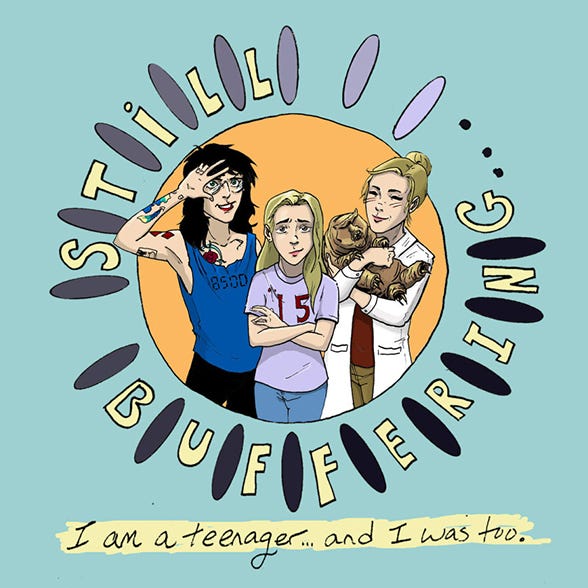
Cover art for the Still Buffering podcast
Still Buffering is a podcast hosted by three sisters. Sydnee and Teylor were teenagers in the 1990s, whereas their younger sister Rileigh recently finished her freshman year of college. Each week the three ‘Smirl Girls’ compare and contrast their teenage experiences.
The show is personal, funny, and relatable. To relay this feeling, the show uses artwork that shows each sister’s individual personality. The handwritten tagline almost gives off the feeling of a diary, or school notebook, drawing back to the subject of their show.
For other examples, you might look to podcasts that have the same feel as your show.
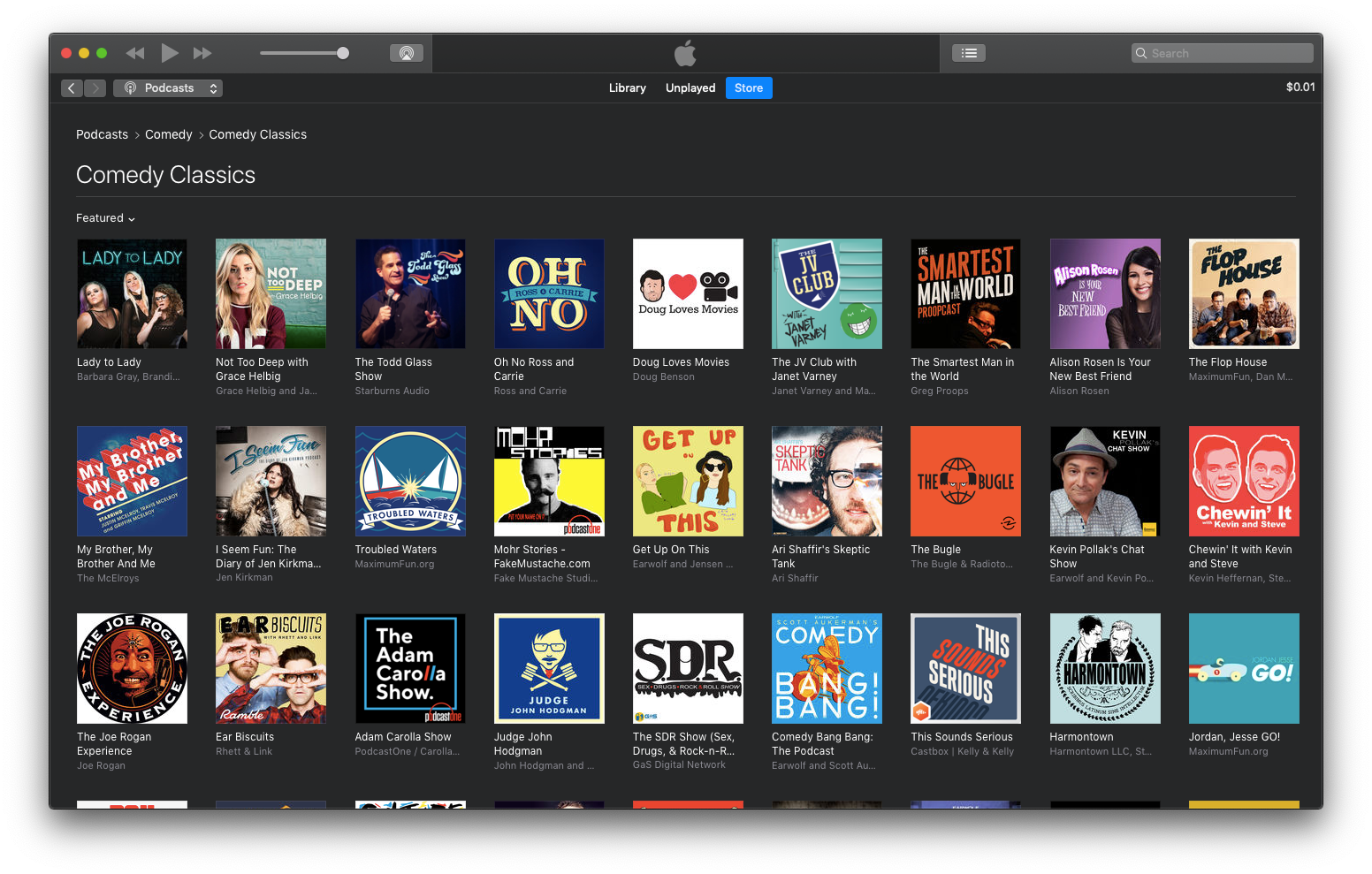
Podcast ‘Comedy Classics’ in the iTunes store
What characteristics does their artwork focus on? A clean image of the host? The show’s title? Once you’ve eyed the competition, jot down a few ideas about what you’d like your cover art to look like. This can either be a few bullets on the copy, color scheme, and types of graphics you like, or you can sketch it out. Whatever you’re comfortable with.
Then you’re ready for design.
If you’re artistically inclined, you can take a stab at it yourself, or alternatively, you can look into getting artwork designed by a freelancer through a service like Fiverr or Upwork. While prices on the platforms vary, you should be able to find an option for just about any budget.

Search results on fiverr
Want to up the ante? While you’re at it, you may want your designer to whip up artwork for your show’s future social media accounts (Facebook, Twitter, Instagram, YouTube, etc).
For info on formatting requirements for various platforms check out Sprout Social’s Always Up-to-Date Guide to Social Media Image Sizes.
We hope these tips have inspired you to take your podcast idea from paper to reality. Stay tuned for the next post in this series where we will discuss the basics of promoting your podcast and amplifying your reach.

